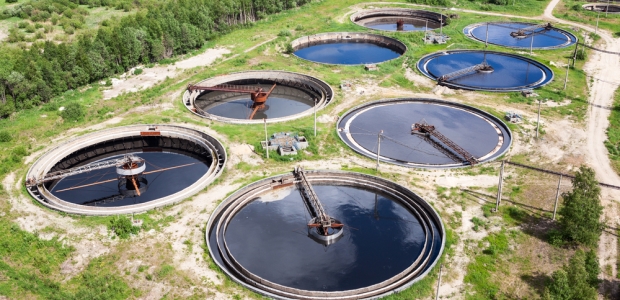
Wastewater Injections Responsible for Oklahoma Earthquakes
A new study shows that nearly half of earthquakes in central and eastern United States have occurred in areas of high-rate water disposal.
A research team at Cornell University has discovered that the earthquakes in Oklahoma are a result of subsurface wastewater injection at disposal wells.
"Induced seismicity is one of the primary challenges for expanded shale gas and unconventional hydrocarbon development," said Katie Keranen, professor of geophysics at Cornwell University and research team leader. "Our results provide insight into the process by which the earthquakes are induced and suggest that adherence to standard best practices may substantially reduce the risk of inducing seismicity. The best practices include avoiding wastewater disposal near major faults and the use of appropriate monitoring and mitigation strategies."
The study shows that the highest-volume disposal wells could be responsible for 20 percent of the recent earthquake which cover 2,000 square kilometers; most of the earthquakes occur over 30 kilometers from the disposal wells; and the probability of a higher-magnitude earthquake increases at the pressure in the wells continues to expand.
"Earthquake and subsurface pressure monitoring should be routinely conducted in regions of wastewater disposal and all data from those should be publicly accessible. This should also include detailed monitoring and reporting of pumping volumes and pressures," said Keranen. "In many states, the data are more difficult to obtain than for Oklahoma; databases should be standardized nationally. Independent quality assurance checks would increase confidence."